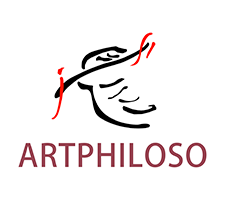Flower paintings have captivated viewers for centuries, blending the delicate forms of nature with the enduring power of artistic vision. From the precise realism of 17th‑century Dutch still lifes to expressive color fields and immersive installations, floral art has mirrored the evolution of human creativity and cultural context. Unlike portraits or landscapes, flowers offer endless variation—seasonal change, symbolism, fragility and renewal—all captured through the brush or conceptual frame. floral vase flower compositions connect nature, emotion and imagination in one enduring tradition.
The Dutch Golden Age painter Jan Davidsz. de Heem mastered the balance between abundance and precision. In his Vase of Flowers, each bloom glistens with meticulous detail—from dew‑dotted tulips to curling rose petals. The work embodies both wealth and transience, reflecting the vanitas tradition that permeated 17th‑century still‑life painting. De Heem’s technical realism elevated his flower paintings beyond mere decoration into philosophical reflection. His floral vases became a dialogue between beauty and impermanence, defining early European flower artwork.
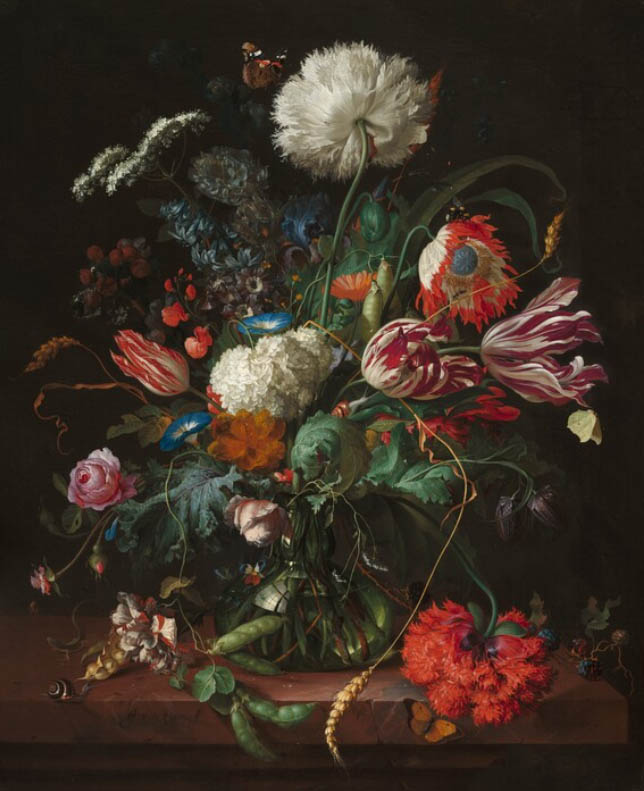
In 19th‑century Paris, Henri Fantin‑Latour brought intimacy to the world of floral compositions. Unlike the flamboyance of Impressionism, his soft brushwork and diffused light emphasized quiet contemplation. Roses in a Vase evokes serenity rather than spectacle; pale petals fade gently into shadow, giving the piece a dreamlike quality. Fantin‑Latour’s works were exhibited at the Salon de Paris and collected by discerning art lovers. Fantin‑Latour’s paintings prove that subtlety and restraint can express deeper emotion than grandeur or excess.
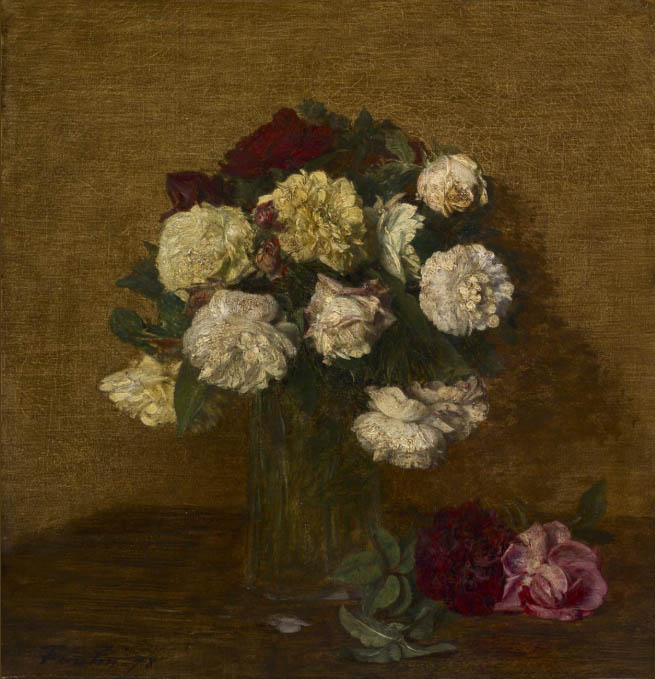
Symbolist painter Odilon Redon transformed flower artwork into visions of the imagination. His Wildflowers seem to bloom in a realm between dream and memory, painted with floating colors and mystical light. Redon shifted the focus from realism to spiritual sensation—the flowers appear as if glowing from within, symbols of hope and transcendence in an era of industrial change. Redon redefined famous floral art, showing that imagination can make flowers eternal.
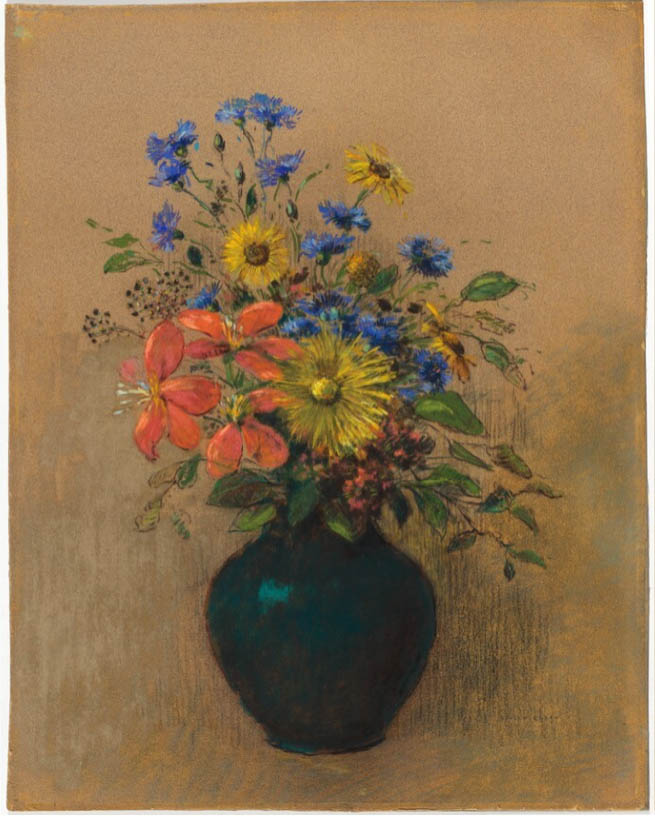
American modernist Georgia O’Keeffe made the flower monumental. Her Jimson Weed/White Flower No.1, showcased by the Georgia O’Keeffe Museum and once auctioned by Sotheby’s, magnifies a single bloom into almost architectural scale. Swirling white petals express sensual form without sentimentality. O’Keeffe’s interpretation moved beyond feminine stereotypes; her flowers became emotional and design landscapes. Her flower paintings show how scale and simplicity can turn nature into abstraction.
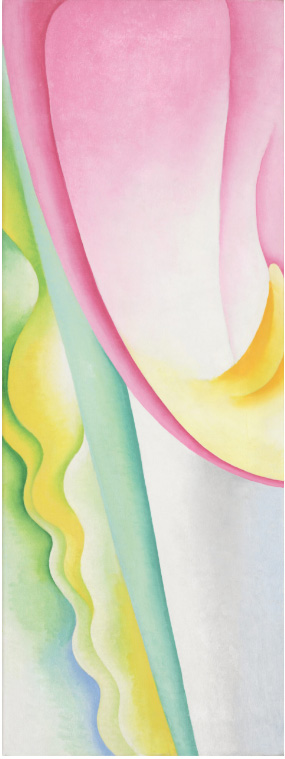
In early 20th‑century Paris, Henri Matisse embraced color as feeling. In Flowers and Ceramic Vase, the vase drawing bursts with life—bright blues, fiery reds and warm yellows dance in balanced rhythm. Matisse’s flat, decorative style influenced generations of artists and proved that composition and color could express joy as powerfully as realism. Matisse’s flower artwork turned still life into celebration and color into music.

Though best known for her self‑portraits, Frida Kahlo painted lush still lifes rich with flowers and tropical fruit. In Still Life with Parrot and Fruit, the blooms carry meaning beyond decoration—they represent cycles of fertility, pain and renewal central to Kahlo’s worldview. Vivid reds and oranges vibrate with emotional energy, echoing the natural abundance of Mexico City. Kahlo’s floral paintings fuse personal symbolism and Mexican culture, giving flower art a voice of resilience.
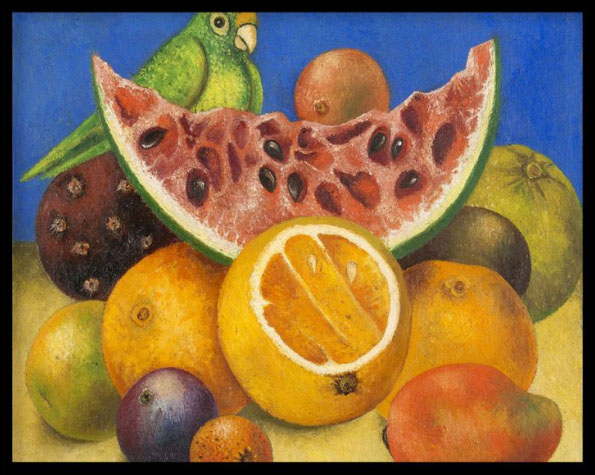
Contemporary Japanese artist Yayoi Kusama brought flowers into the language of pop and infinity. Her sculptural and painted works—including Flowers That Bloom at Midnight—explode with repetition, polka dots and neon colors. Kusama transforms the traditional vase drawing into immersive installations exhibited at the Yayoi Kusama Museum and major galleries worldwide. Her motifs reflect both beauty and psychological complexity—flowers that never wilt, caught in infinite repetition. Kusama’s work recasts famous flower artwork for the digital age, merging obsession with beauty.

Contemporary Chinese artist Philo expresses rhythm and energy via abstracted floral motion. In Summer Pulsation, colors twist and vibrate across the canvas, transforming the traditional floral vase flower image into an emotional landscape. The piece blends acrylic on board with classical composition sensitivity. Philo’s work bridges East and West, transforming the idea of floral beauty into a universal visual language.
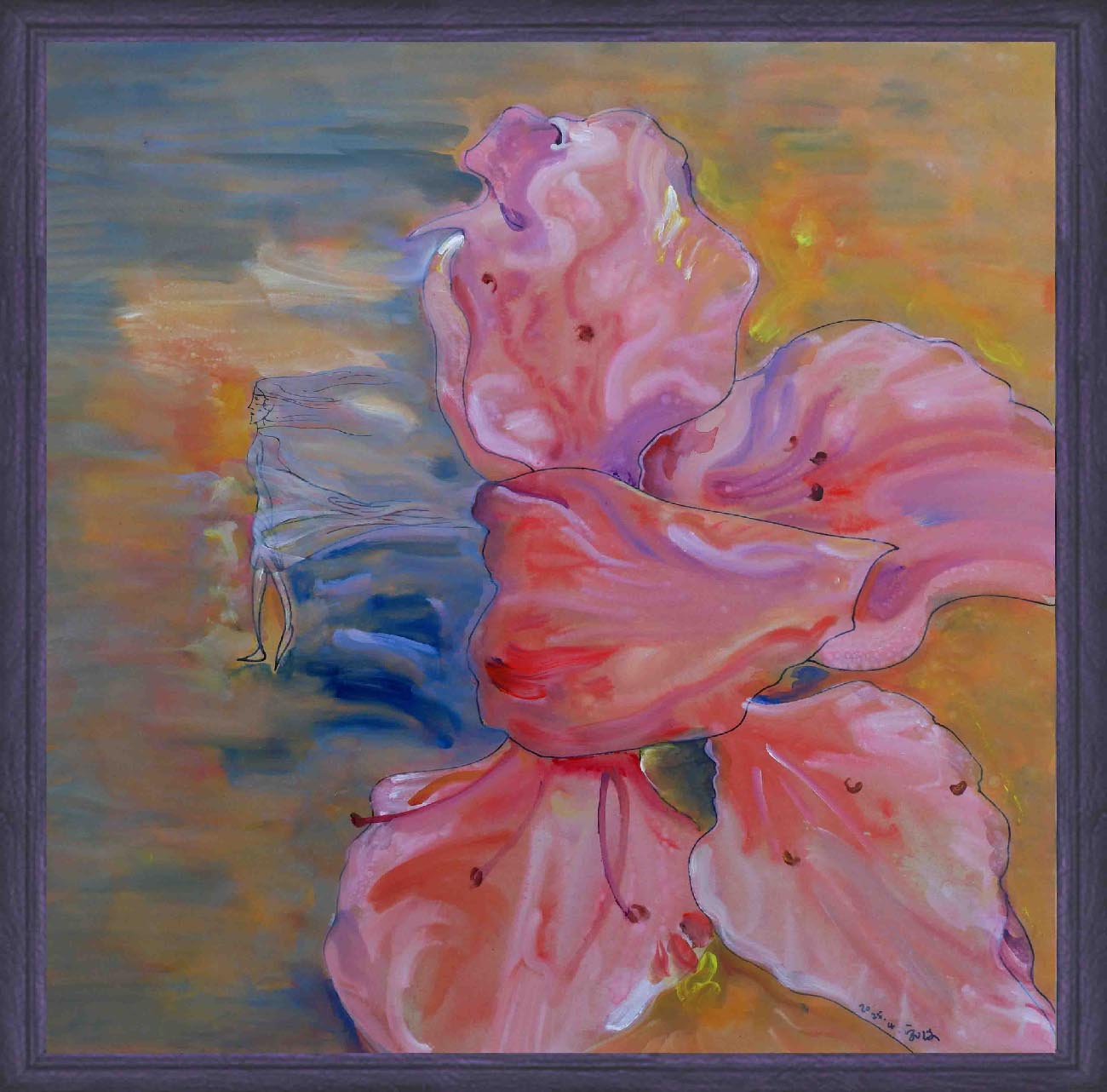
Across centuries, flower paintings have reflected every major artistic movement—from Baroque precision to Impressionist emotion, Modernist abstraction and Contemporary experimentation. Whether captured in oil, sculpture or installation, flower artwork connects viewers to the rhythms of nature and human emotion alike. These works remind us that beauty is both permanent and fleeting, constantly reborn through new artistic visions. Flower paintings remain timeless because they unite nature, feeling and imagination into one harmonious expression.
If you are inspired by the evolution of flower artwork and wish to own an original piece, you can buy floral or flower paintings at artphiloso.com, where contemporary artist Philo offers unique hand‑painted works that celebrate color, rhythm and life.
Hi, I’m Philo, a Chinese artist passionate about blending traditional Asian art with contemporary expressions. Through Artphiloso, my artist website, I share my journey and creations—from figurative painting and figure painting to floral oil painting and painting on landscape. You'll also find ideas for home decorating with paint and more.
Q1: Why have flower paintings remained an enduring theme in art?
Flower paintings combine natural beauty with emotional depth. Artists use flowers to explore fragility, rebirth, love and mortality, making the theme timeless across cultures.
Q2: Which artists are best known for famous floral art?
Artists such as Jan Davidsz. de Heem, Georgia O’Keeffe, Henri Fantin‑Latour, Odilon Redon and Henri Matisse are widely recognised for iconic flower artworks that define different eras of art history.
Q3: How have modern and contemporary artists changed the idea of flower paintings?
Modernists like O’Keeffe and Matisse used bold color and abstraction, while contemporary artists such as Yayoi Kusama and Marc Quinn transformed flowers into conceptual or installation experiences.
Q4: Are flower artworks always symbolic?
Many flower paintings carry symbolism—life’s brevity, spiritual purity or cultural identity—but some focus on aesthetic harmony and color without heavy symbolism.
Q5: What distinguishes a vase drawing or floral vase flower painting from other flower‑artwork formats?
A “vase drawing” or floral vase painting often centres on composition and stillness, using the vessel as structural anchor. It emphasises balance and containment compared to open natural scenes.
Q6: How can collectors explore or purchase contemporary flower paintings?
Online platforms like Artphiloso provide direct access to contemporary floral artworks, offering one‑of‑a‑kind pieces that reinterpret a centuries‑old artistic tradition.
Flower paintings continue to bloom in art, reflecting humanity’s search for beauty, meaning and renewal.
